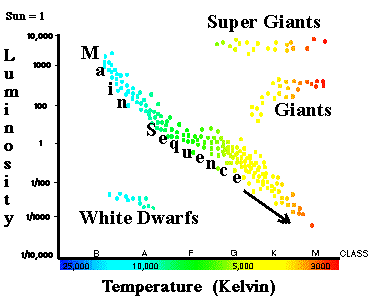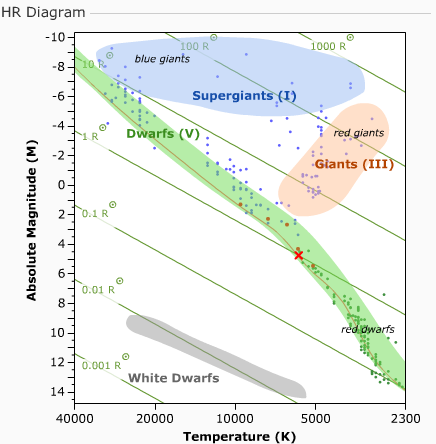

Hybrid techniques like combine static and dynamic analysis.
#Main sequence diagram code#
Existing static techniques result in sequence diagrams that replicate the original legacy source code, including conditionals and loops, without providing further intuitive notions beyond the code itself. In particular, one may need a large number of executions with sufficient diversity to cover the space of interactions. The capability of purely dynamic reverse-engineering techniques to produce useful diagrams depends on the quality of the executions. Dynamic techniques for generation of sequence diagrams from legacy code can synthesize a subset of all possible sequence diagrams based on runtime traces. Sequence diagrams generated from legacy code are independent of existing documentation. A sequence diagram is a visual representation of those object interactions as well as their lifelines.
#Main sequence diagram software#
A necessary component of software archeology in object-oriented systems is the interactions among objects. As documentation erodes, an engineer can trust only the source code. Legacy object-oriented code may be accompanied by high-level documentation and/or descriptive comments in the source code, each of which may contain omissions or erroneous information.

We provide experimental results demonstrating the efficacy of our technique (originally appeared in the Proceedings of Fundamental Approaches to Software Engineering-20th International Conference, FASE 2017, Held as Part of the European Joint Conferences on Theory and Practice of Software, ETAPS 2017, Uppsala, Sweden, April 22–29, 2017).
#Main sequence diagram android#
We implemented our framework as a tool, StaticGen (supporting software: StaticGen), analyzing a corpus of 30 Android applications. Our technique involves constructing a hypergraph representation of the source code, traversing the hypergraph with respect to a user-defined query, and generating the corresponding set of sequence diagrams.

The framework provides a query refinement system to guide the user to interesting interactions in the source code. We present a framework for static generation of UML sequence diagrams from object-oriented source code. Sequence diagrams generated from legacy code are independent of existing documentation that may have eroded. In the user authentication process we describe, the messages show how a user enters information into the browser to gain access to the webpage and how the web browser will then cross-check credential to the designated application.UML sequence diagrams are visual representations of object interactions in a system and can provide valuable information for program comprehension, debugging, maintenance, and software archeology. What information is passed from one object to another? The other set of components you must identify are the messages the objects will send. The objects, sometimes called actors, are the principal players that perform tasks and send messages.įor example, in a login sequence, two of the objects would be the potential visitor or user and the login page a visitor uses to interact with the platform they’re attempting to log into. The first necessary set of components are the objects. To accomplish these goals, you must first identify the components of your system that should be diagrammed. Map out a real or hypothetical scenario that has many different components. See how objects and components interact with each other in sequence to complete a process. Model how a complex procedure or system operates.

You can accomplish several critical tasks with a sequence diagram.


 0 kommentar(er)
0 kommentar(er)
